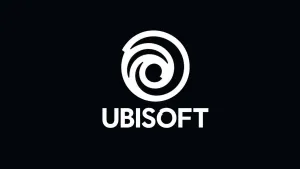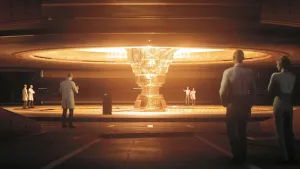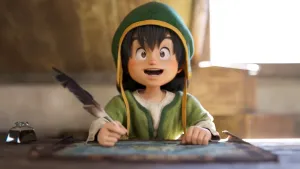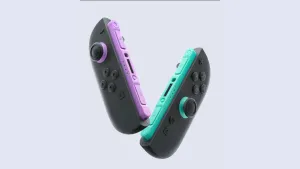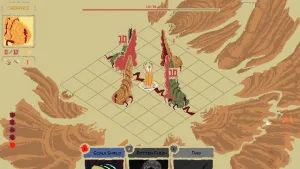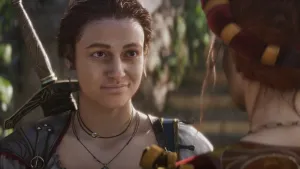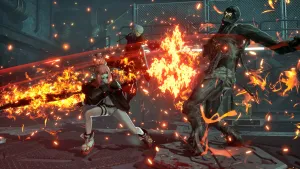Harmonix Dances To A New Tune
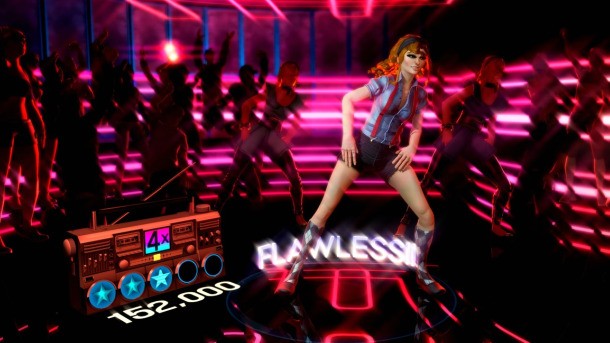
Harmonix has long been the recognized industry leader and innovator within the music game space, but the company has hesitated to enter the popular dance game field. As it turns out, the developer was only waiting for the right technology. Dance Central will be exclusive to Microsoft's motion controller, Kinect, when it releases this fall. To our happy surprise, the game manages to have something to offer to both trained dancers and complete novices.
The concept behind Dance Central is simple, and it's easy to jump in right away. The Kinect camera recognizes you and all the motions of your body. There is no pad or controller. Wave your right arm in front of a menu selection, and then sweep it left to select. Use your left arm to go back. The menu interface is intentionally simple and easy to navigate, getting you into a song without delay.
The developers at Harmonix have yet to announce how many songs we'll find in the game, but they have said that there will be over 90 dance routines and 600 dance moves to learn and perfect. When you choose a song, you'll have the option to play it in Break it Down mode or Perform mode.
Break it Down exists primarily as a teaching tool. The song will play and present the first dance move to be found in the song. Replicate the move exactly, and the song continues to the next step. If you get the move wrong, the musical phrase will repeat so you can try again. Mess up several times in a row, and the game will automatically go into slow motion. If you still have trouble after several slow motion attempts, you can skip past to the next step.
Perform mode takes out the teaching element, and has you dancing straight through the song, no matter your mistakes. Every step scrolls into place along the right side of the screen, and the onscreen dancer shows off the move you're trying to complete. The most intriguing and helpful feature of the onscreen dancer is how they show off exactly which body parts are being used correctly, and which ones are not. If you have a dance move totally down, but your right arm is in the wrong position, that right arm will flash red, indicating the need for a correction.
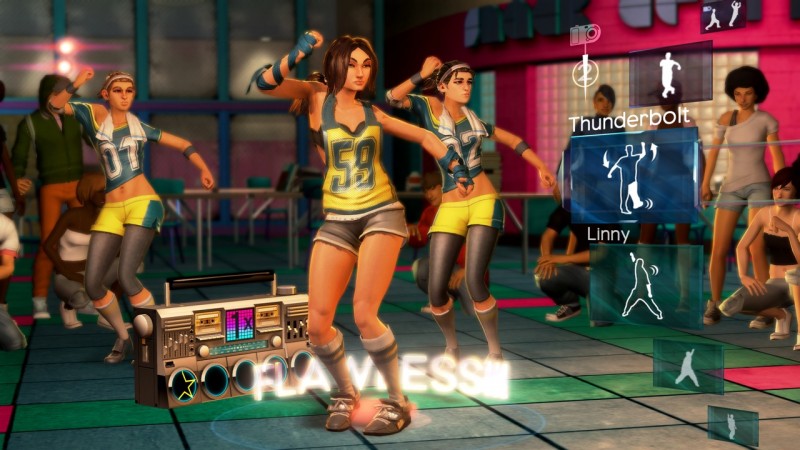
Each box on the right of the screen contains the step for a single four-beat phrase. These boxes show off and name the different dance moves, so you can begin to learn them on sight. There are also occasional choreography indicators within the box. For instance, the letter D indicates "double-up" on a particular motion. On the easiest difficulty, these moves only change occasionally, and all the hardest moves are stripped out. As players increase the difficulty, the changes become more frequent, and the harder dance moves begin to be added back in. From time to time, the screen fades to a kaleidoscope of color, and you can freestyle dance. After this sequence, your freestyle is played back in an amusing high speed replay.
Against expectation, the game is entirely accessible for non-dancers. Because of excellent onscreen feedback and steady difficulty progression, almost anyone can step in front of the Kinect and get started. All that is required is a willingness to get up and move. None of the GI editors who tried the game had any formal dance training, but we found the songs to be fun, the display to be helpful, and the gameplay far more engaging than any other dance game we'd encountered to date.
Several other notable features help to further describe the potential of Dance Central. The Kinect has both RGB color detectors and infrared, and Dance Central relies on that infrared to be able to view players even in extremely low light, helping to assure that the game won't fall apart in dim party spaces. The game will also have several additional modes that weren't shown at E3, including a calorie counter mode. The game is essentially single-player, as it reads only the central person in front of the camera. However, there will be both cooperative and competitive multiplayer modes where players take turns.
You can learn more about the game, including the initial song list, from our initial announcement post. We'll need to spend lots more time with Dance Central to see if the experience holds up over time. However, our earliest impressions are entirely positive, indicating that the game has a chance to do for dance what Guitar Hero and Rock Band did for music simulation.
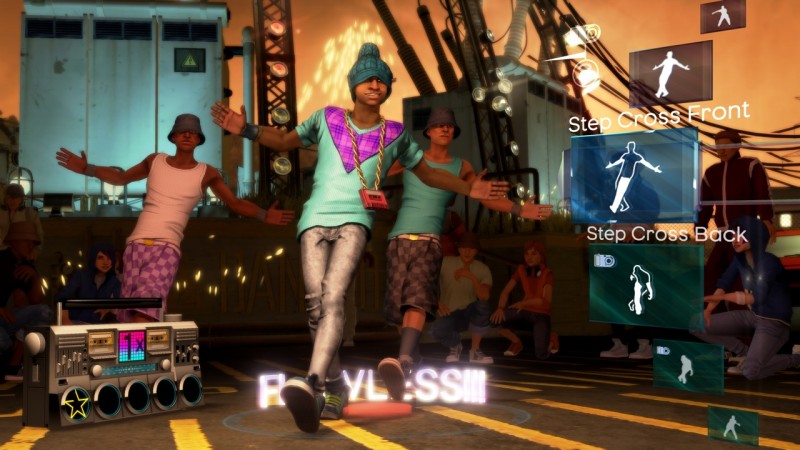

Get the Game Informer Print Edition!
Explore your favorite games in premium print format, delivered to your door.
- 10 issues per year
- Only $4.80 per issue
- Full digital magazine archive access
- Since 1991


